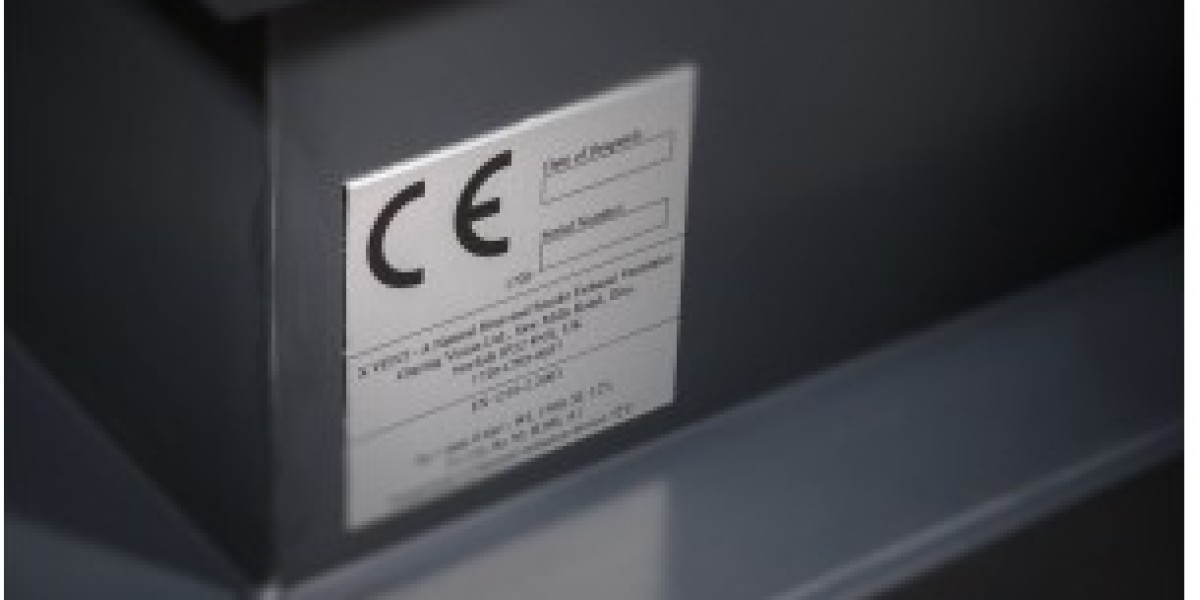Understanding CE Certification
Introduction to CE Certification CE certification is a mandatory conformity marking for products sold in the European Economic Area (EEA). It indicates that a product complies with EU safety, health, and environmental protection requirements.
Benefits of CE Certification
- Market Access: CE certification grants access to the lucrative EEA market, comprising over 500 million consumers.
- Legal Compliance: Ensures compliance with EU directives and regulations, minimizing legal risks.
- Enhanced Credibility: CE marking enhances product credibility and consumer trust, fostering market acceptance.
- Global Recognition: CE certification is recognized globally as a symbol of quality and safety compliance.
- Competitive Edge: Differentiates products in the market, offering a competitive advantage over non-certified counterparts.
CE Certification Process
- Identify Applicable Directives: Determine which EU directives and regulations apply to the product.
- Product Testing: Conduct conformity assessment procedures and testing according to relevant standards.
- Technical Documentation: Prepare technical documentation demonstrating compliance with applicable requirements.
- Declaration of Conformity: Issue a Declaration of Conformity affirming product compliance.
- Affix CE Mark: Affix the CE mark on the product, packaging, or accompanying documents.
- Post-Market Surveillance: Implement measures for ongoing compliance monitoring and surveillance.
Common Challenges with CE Certification
- Complexity of Regulations: Navigating the intricate web of EU directives and regulations can be challenging.
- Testing and Certification Costs: Testing and certification expenses can be substantial, particularly for complex products.
- Time Constraints: The certification process can be time-consuming, potentially delaying market entry.
- Language and Cultural Differences: Dealing with language barriers and cultural differences in compliance procedures.
- Changes in Regulations: Keeping abreast of evolving EU regulations and updates affecting certification requirements.
Conclusion CE certification is vital for accessing the European market and ensuring product compliance with EU standards. Despite challenges, obtaining CE marking offers numerous benefits, including market access, legal compliance, and enhanced credibility. Understanding the certification process and addressing common challenges are crucial steps towards successful CE certification.








